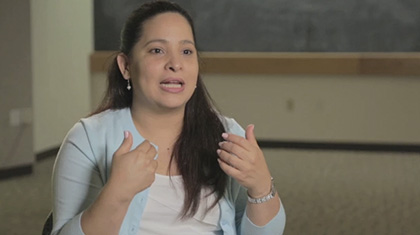Jennifer L. Wolff, PhD. Associate Professor of Health Policy and Management Johns Hopkins Bloomberg School of Public Health. Navigating health system demands and managing treatments can be difficult, particularly for individuals with complex health needs who are often under the care of multiple providers.
Jennifer Wolff
Patients, Care Partners, and Shared Access to the Patient Portal: Online Practices at an Integrated Health System
Shared access is an underused strategy that may bridge patients’ health literacy deficits and lack of technology experience and that helps but does not fully resolve concerns regarding patient and care partner identity credentials.
Family Caregivers and Consumer Health Information Technology
Health information technology has been embraced as a strategy to facilitate patients’ access to their health information and engagement in care. However, not all patients are able to access, or are capable of using, a computer or mobile device. Although family caregivers assist individuals with some of the most challenging and costly health needs, their role in health information technology is largely undefined and poorly understood. This perspective discusses challenges and opportunities of engaging family caregivers through the use of consumer-oriented health information technology. We compile existing evidence to make the case that involving family caregivers in health information technology as desired by patients is technically feasible and consistent with the principles of patient-centered and family-centered care. We discuss how more explicit and purposeful engagement of family caregivers in health information technology could advance clinical quality and patient safety by increasing the transparency, accuracy, and comprehensiveness of patient health information across settings of care. Finally, we describe how clarifying and executing patients’ desires to involve family members or friends through health information technology would provide family caregivers greater legitimacy, convenience, and timeliness in health system interactions, and facilitate stronger partnerships between patients, family caregivers, and health care professionals.




